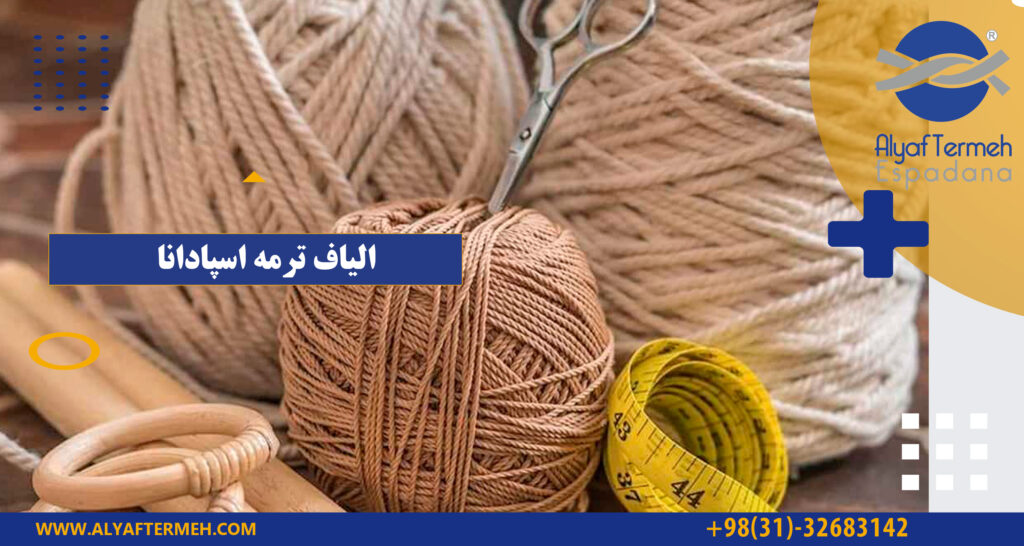
The classification of cotton fibers is mainly based on their physical and chemical properties. Cotton fibers are typically divided into several categories known as “cotton grades.” Here are some of the key criteria for classifying cotton fibers:
Fiber Length: Fiber length is one of the most important factors in determining the quality of cotton. Longer fibers are generally known as “long staple cotton” and are often used for high-quality fabric production. For example, Pima and Egyptian cotton fibers are considered long staple.
Fiber Diameter: The diameter of cotton fibers also has a significant impact on fabric quality. Thinner fibers are usually used for soft and fine fabrics.
Softness and Smoothness: Cotton fibers with greater softness and smoothness are typically recognized as high-quality cotton. These characteristics can be achieved through fiber blending and various processing methods.
Preprocessing: The preprocessing of cotton fibers, such as cutting, cleaning, and removing undesirable elements, can also affect the final fiber quality.
Color: The color of cotton fibers is also important in their classification. White or natural white cotton is generally recognized as high-quality cotton.
In general, cotton fiber classification by producers and the textile industry includes categories like “raw cotton,” “low-grade cotton,” “ordinary cotton,” and “high-quality cotton.” This classification is usually based on a combination of the above-mentioned criteria to separate high-quality cotton fibers from lower-quality ones for use in more premium applications.